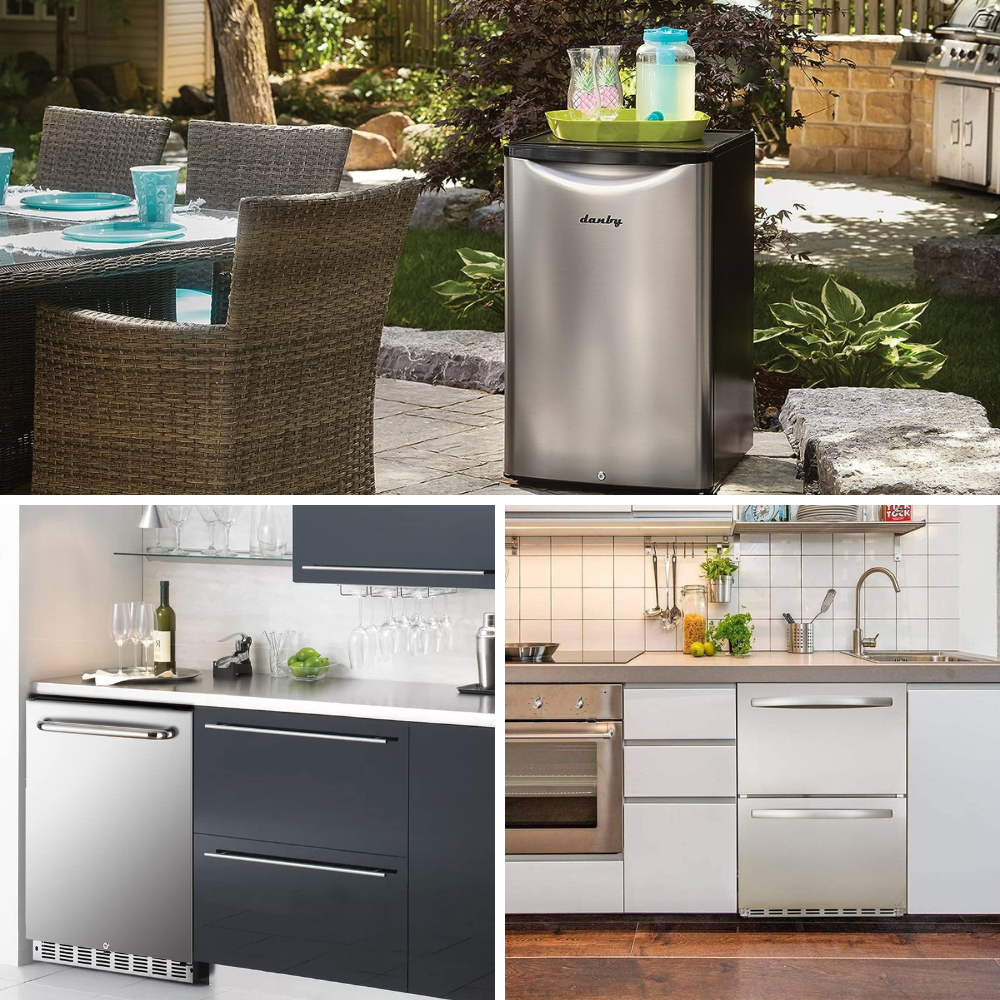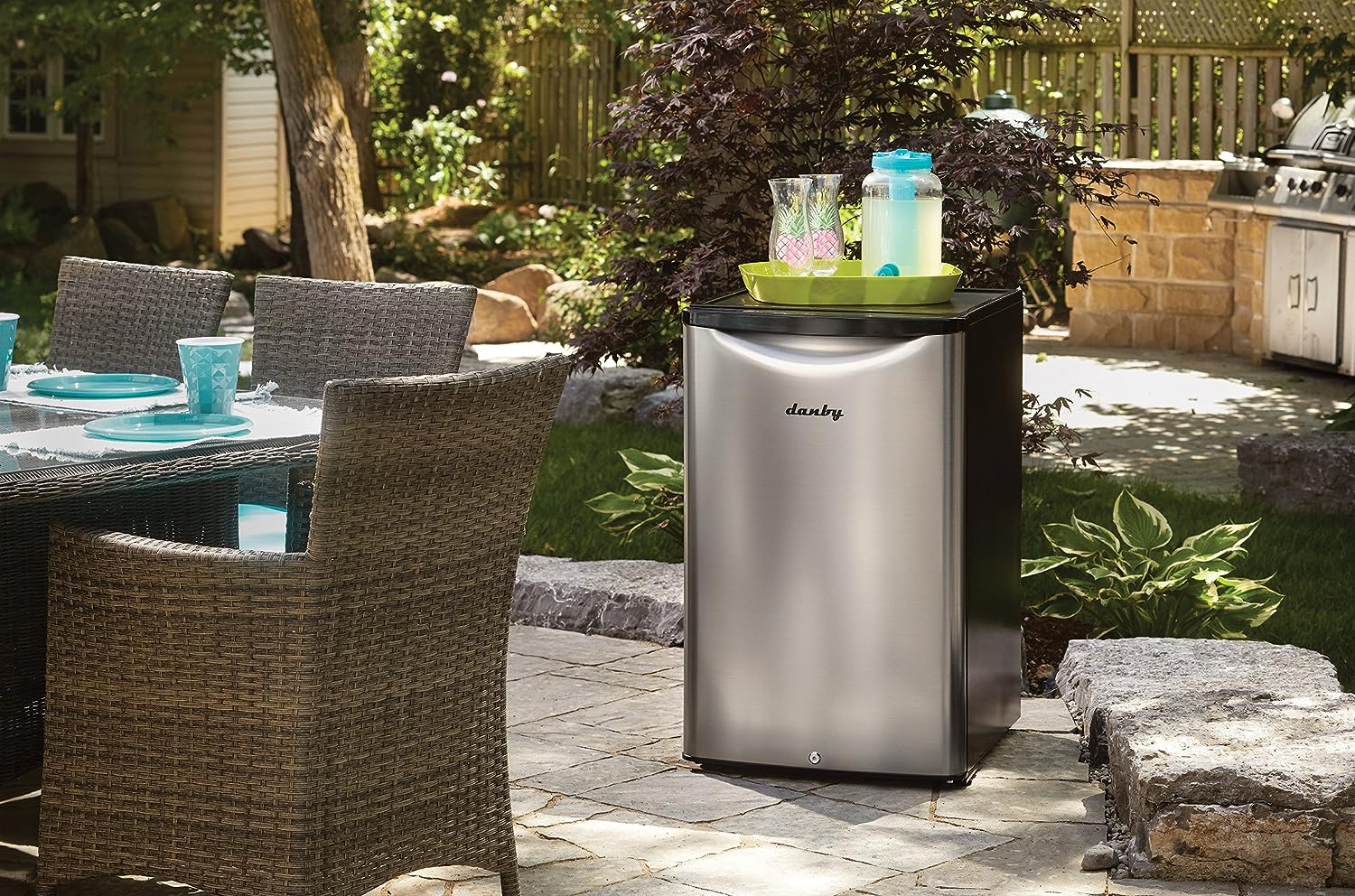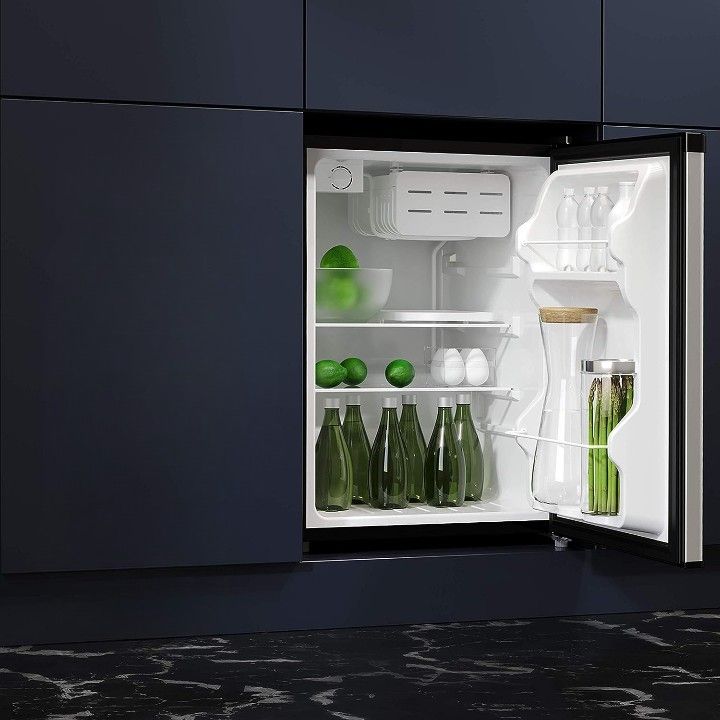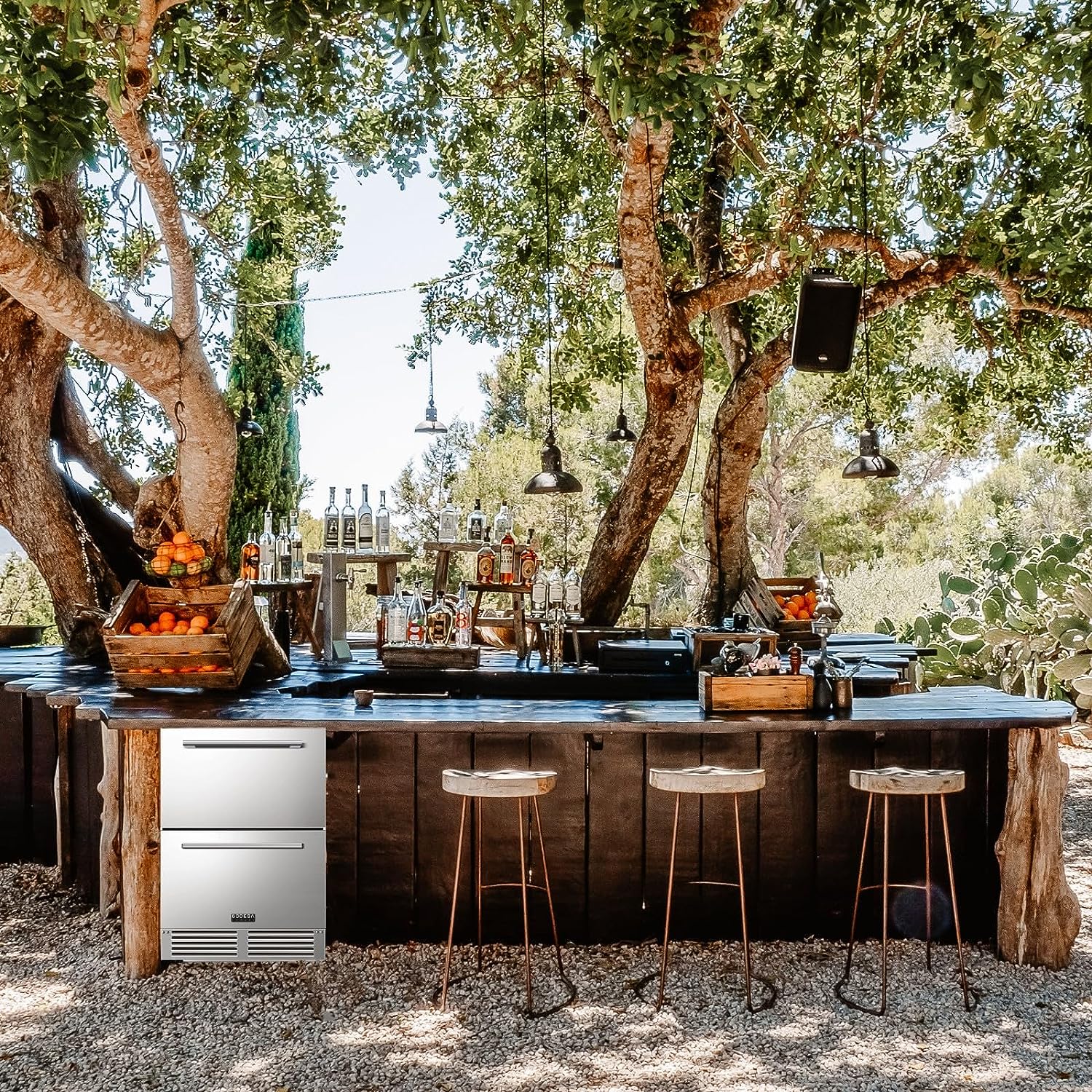Refrigerators play an integral role in our daily lives. They store and preserve our food items, keeping them fresh and readily available for consumption. But with the rise of built-in refrigerators, many homeowners are becoming overwhelmed with the options available. In this blog post, we’ll provide you with all the information you need to know about refrigerators built-in, so you can make an informed decision when choosing the right appliance for your home.
What are built-in refrigerators?
Built-in refrigerators are designed to fit seamlessly into your kitchen’s cabinetry, providing a sleek, uniform appearance. They are taller and deeper than regular refrigerators and often have a wider range of features, such as double doors, multiple drawers, and adjustable shelving. Built-in refrigerators are also more expensive than their freestanding counterparts due to their high-end features and custom design.
Types of built-in refrigerators
There are four primary types of built-in refrigerators: side-by-side, top-freezer, bottom-freezer, and French door refrigerators. Side-by-side models have the freezer on one side and the fridge on the other, while top-freezer models have the freezer on top of the fridge. Bottom-freezer models have the freezer at the bottom, and French-door models have two doors that open outwards, with the fridge on top and the freezer at the bottom.
Pros and cons of built-in refrigerators
Built-in refrigerators offer several benefits, including a custom design that seamlessly blends in with your kitchen, advanced features such as built-in water and ice dispensers, and they are generally larger with more storage space than freestanding models. However, they are also more expensive and require professional installation. Additionally, they may have limited warranty coverage and can be difficult to move or replace should you decide to upgrade your kitchen in the future.
Choosing the right size
When choosing a built-in refrigerator, it’s essential to measure your space carefully. Built-in refrigerators come in various sizes, and it’s vital to choose one that fits your kitchen and lifestyle. Consider the size of your family, your cooking habits, and your grocery shopping preferences to determine the ideal size for your needs.
Maintenance and repair
Like any household appliance, built-in refrigerators require regular maintenance to stay in good working order. Common issues with built-in refrigerators include faulty control panels, malfunctioning compressors, and the defective ice maker. Regular cleaning and proper installation can help prevent some problems, but if you encounter issues, it’s crucial to call in a professional for repairs to avoid further damage.


How do you maintain a built-in refrigerator?
Maintaining a built-in refrigerator is fairly straightforward. First, you should clean the interior of your refrigerator regularly with mild soap and warm water. Make sure to wipe down the interior walls and shelves, as well as the door seals. You should also check the temperature settings regularly to make sure that your refrigerator is running at the optimal temperature. Additionally, you should check the condenser coils at the back of the fridge every six months to make sure they are clean and dust-free. Finally, you should replace the water filter every six months to ensure that the water and ice from your refrigerator are clean and free of contaminants.
Can you move a built-in refrigerator?
Yes, it is possible to move a built-in refrigerator, but it is important to take the necessary precautions to ensure that it is done safely and correctly. You will need to disconnect the refrigerator from its power source, empty it of all food and beverages, and secure any loose parts. You will also need to have at least two people to help you move the refrigerator, as it can be quite heavy. Once the refrigerator is in its new location, you will need to reconnect it to its power source and check that it is working properly.
What makes a refrigerator a built-in?
A built-in refrigerator is designed to fit into a space between two cabinets or other kitchen fixtures. It is typically installed flush with the surrounding cabinetry so that it looks like it is part of the cabinetry. Built-in refrigerators are usually larger than standard counter-depth models and can be customized to fit into any space. They are also typically more expensive than standard models, as they require special installation and plumbing.
How much space does a built-in refrigerator need?
The space for a built-in refrigerator will depend on the size and model of the refrigerator you choose. Generally, you should leave at least 1 inch of space on each side and 1 inch at the top and bottom of the refrigerator. The refrigerator should also have enough space behind it to allow for proper air circulation. Additionally, you should consider the depth of the refrigerator when determining the necessary space. Most built-in refrigerators are deeper than standard refrigerators, so you should make sure to leave extra space in the back for the refrigerator to fit properly.
What is the advantage of a built-in refrigerator?
A built-in refrigerator has several advantages over a freestanding one. Firstly, it can be designed to fit the exact measurements of your kitchen, making it easier to maximize the space available. Secondly, it can be designed to blend into the décor of the kitchen, making it more aesthetically pleasing. Thirdly, it is usually more energy efficient than a freestanding model, saving you money on energy bills. Finally, built-in refrigerators can be more reliable than freestanding models, as they are designed to last longer.
Do built-in fridges need ventilation?
Yes, built-in fridges need ventilation. Built-in fridges are designed to be integrated into kitchen cabinetry, so they need to be properly vented to the outside to prevent heat build-up and to ensure that the fridge runs efficiently. Proper ventilation also helps to reduce the risk of condensation and frost build-up, which can damage the fridge and lead to decreased efficiency.
What are the disadvantages of built-in refrigerators?
The main disadvantage of built-in refrigerators is that they are more expensive and require more installation time and effort than freestanding refrigerators models. Additionally, built-in refrigerators are less energy efficient than freestanding models, as they require more energy to run due to their larger size. Additionally, built-in refrigerators may not fit the exact measurements of your kitchen, so you may need to make some adjustments to the space to fit the appliance. Finally, built-in refrigerators are more difficult to repair or replace if something goes wrong.

That’s everything you need to know about refrigerators built-in. With this information, you can make an informed decision about whether a built-in refrigerator is the right choice for your home. From choosing the right size and style to maintenance and repair, careful consideration is necessary to ensure that you get the most out of your investment. So do your research, and invest in the best built-in refrigerators that meet your needs and fit your style.












